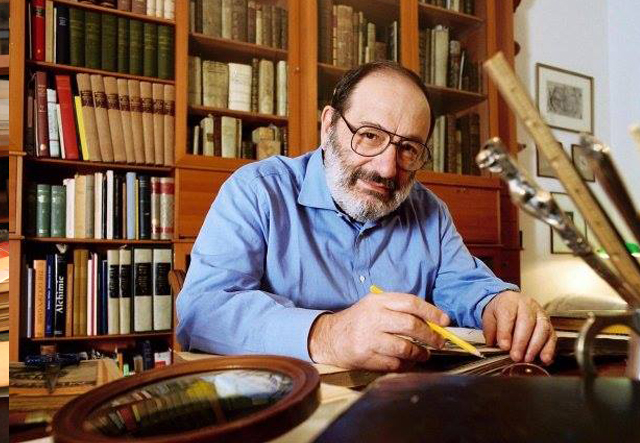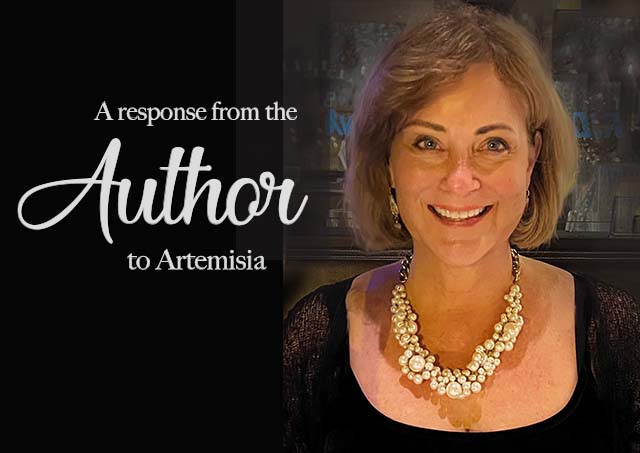
La risposta dell’autore ad Artemisia e ai lettori.
Article originally published in the Women Writers Forum Books by Women

Ti ringrazio di cuore, Artemisia, per essere un esempio per tutte le donne e l’ispirazione per il mio romanzo. Dopo aver studiato la tua storia e essersi innamorati della tua arte, sento che le nostre strade si sono incrociate prima e continueranno a farlo in futuro.
I thank you from my heart, Artemisia, for being a role model for all women and the inspiration for my novel. After researching your story and falling in love with your art, I feel our paths have crossed before and will continue to do so in the future.
“Eternally Artemisia,” il romanzo che ho scritto su Artemisia, l’artista del seicento secolo, si basa su fatti e dettagli storici ben documentati mescolati con un po’ di fantasia e immaginazione.
“Eternally Artemisia,” the novel I wrote about Artemisia, the seventeenth-century artist, is based on fact and well-documented historical details blended with a bit of fantasy and imagination.
Si dice che ci siano tanti Caravaggisti, ma solo una Caravaggista!
They say there are many Caravaggisti, but only one Caravaggista!
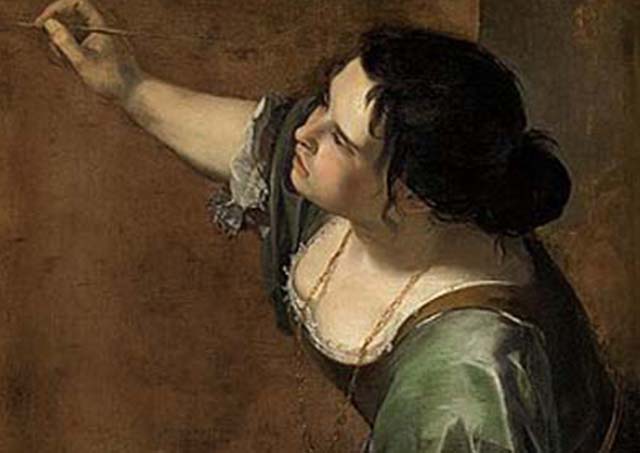
Non solo Artemisia ha trovato il coraggio di dipingere in un campo dominato dagli uomini, ma ha anche eclissato la maggior parte di loro, tra cui suo padre, suo marito e tutti gli uomini che hanno cercato di imitare lo stile di Caravaggio.
Not only did Artemisia find the courage to paint in a field dominated by men, but she also eclipsed most of them, including her father, her husband, and all the men who tried to imitate Caravaggio’s style.
Sin da quando ho incontrato Artemisia in una oscura classe di Storia dell’Arte, guardando le diapositive dei suoi dipinti e imparando la sua storia, l’ho trovata attuale come la era allora e una che non dovrebbe essere dimenticato. Artemisia ha lasciato il suo segno nel mondo attraverso il duro lavoro, l’umiltà, la resilienza e l’integrità. Nonostante sia stata abusata sessualmente, picchiata e tradita da coloro che amava e credeva; non si è mai arresa.
Ever since I first met Artemisia in a darkened Art History classroom, looking at slides of her paintings and learning her story, I found it as relevant today as it was then and one that shouldn’t be forgotten. Artemisia left her mark on the world through hard work, humility, resilience, and integrity. Despite being sexually abused, beaten down, and betrayed by those she loved and believed; she never gave up.

In un tempo in cui era inaudito denunciare un uomo per il crimine di stupro, Artemisia ha fatto proprio questo. A sedici anni, portò a corte il suo aggressore, Agostino Tassi, il suo istruttore di pittura, e l’uomo che aveva promesso di sposarla. Ma alla fine, Artemisia fu messa sotto processo per provare che le sue accuse non erano false. Davanti a una giuria di uomini, fu costretta a sopportare un esame fisico per stabilire che non era più vergine. Fu anche torturata dalle Sibille. Mentre Tassi guardava da una comoda sedia, il giudice ordinò che le corde fossero avvolte intorno alle dita di Artemisia. Ogni volta che il magistrato chiedeva ad Artemisia se fosse innocente, le cinghie di cuoio venivano tirate più strette, schiacciando le sue mani artisticamente dotate. Ad ogni domanda, nonostante il dolore, Artemisia gridava: “‘È vero, è vero, è vero, è vero!”
In a time when it was unheard of to denounce a man for the crime of rape, Artemisia did just that. At sixteen, she took her assailant, Agostino Tassi, her painting instructor, and the man who had promised to marry her, to court. But in the end, Artemisia was put on trial to prove her accusations weren’t false. In front of a jury of men, she was forced to endure a physical examination to establish she was no longer a virgin. She was also tortured by the Sibille. As Tassi watched from a comfortable chair, the judge ordered cords to be wrapped around Artemisia’s fingers. Each time the magistrate asked Artemisia if she were innocent, the leather straps were pulled tighter, crushing her artistically gifted hands. To every question, despite the pain, Artemisia cried out, “‘È vero, è vero, è vero, è vero… it is true, it is true, it is true!”
Tassi è stato condannato, ma non ha passato un giorno in prigione. D’altro canto, nonostante fosse la vincitrice, Artemisia rimase una donna in disgrazia. Con la sua reputazione a pezzi, considerata una donna sfrenata, la sua unica opzione era quella di abbandonare la pittura per sempre e ritirarsi in un convento. Tuttavia, in una mossa connivente, suo padre, Orazio, ha pagato un pittore fiorentino donnaiolo per prendere la figlia dalle sue mani.
Tassi was ultimately convicted, but he didn’t spend a day in jail. On the other hand, despite being the victor, Artemisia was left a disgraced and fallen woman. With her reputation in shreds, considered a wanton woman, her only option was to relinquish painting forever and retreat to a convent. However, in a conniving move, her father, Orazio, paid off a philandering Florentine painter to take his daughter off his hands.
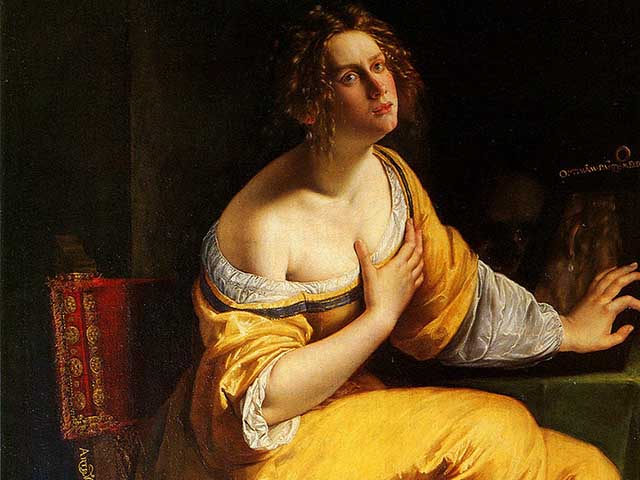
Era un periodo buio e deprimente per Artemisia, ma non ha mai abbandonato la sua passione per la pittura. Al contrario. Si gettò ferventemente nel suo lavoro, che aiutò a guarire le ferite interiori emotive. Dipingendo immagini di se stessa e del suo aggressore in scene violente tratte dalla Bibbia come “Giuditta e Oloferne”, l’artista ha lavorato attraverso il danno emotivo traumatico che la violenza contro le donne provoca. Nel tempo, Artemisia e la sua arte trionfarono; divenne la protetta di Cosimo de Medici, amica di Galileo, e la prima donna ad essere ammessa alla prestigiosa Accademia d’Arte Fiorentina. Riuscì con determinazione e accortezza in una società dominata dagli uomini a Firenze per diventare una celebre pittrice di re e principi europei.
It was a dark, depressing time for Artemisia, but she never abandoned her passion for painting. Quite the opposite. She threw herself fervently into her work, which helped to heal internal emotional wounds. Painting images of herself and her aggressor in violent scenes taken from the Bible like “Judith and Holofernes,” the artist worked through the traumatic emotional damage that violence against women causes. Over time, Artemisia and her art triumphed; she became Cosimo de Medici’s protégée, Galileo’s friend, and the first female to be admitted to the prestigious Florentine Art Academy. She determinedly and shrewdly succeeded in a male-dominated society in Florence to become a celebrated painter to European Kings and princes.

Per raccontare la storia di Artemisia, volevo che l’artista parlasse direttamente ai lettori, usando le sue stesse parole, nel suo tempo. Ma volevo anche trasmettere tutti gli aspetti della vita di Artemisia e le scosse di assestamento che si sono propagate per molti secoli. Per farlo, ho creato una storia che intreccia i fili di passato, presente e futuro.
To tell Artemisia’s story, I wanted the artist to speak to readers directly, using her own words, in her own time. But I also wished to convey all aspects of Artemisia’s life and the aftershocks that rippled on for many centuries. To do so, I created a story that weaves together plot lines from the past, present, and future.

Mentre molte cose sono cambiate negli ultimi cinquecento anni dal processo di Artemisia, le donne attraverso i secoli continuano ad affrontare molte delle stesse barriere e abusi sessuali come ha fatto la mia eroina del XVII secolo. Per affrontare i problemi attuali della violenza contro le donne e gli effetti riparatori della terapia artistica, ho creato il personaggio di Maddie, una psichiatra di oggi giorno. Conducendo un ritiro estivo in Toscana, applica le tecniche di arte terapia di Artemisia per guidare le donne, vittime di violenza sessuale, verso un percorso di guarigione, aiutandole a riprendere il loro potere.
While many things have changed in the last five-hundred years since Artemisia’s trial, women through the centuries continue to face many of the same barriers and sexual abuse as did my seventeenth-century heroine. To address current problems of violence against women and the restorative effects of art therapy, I created the character of Maddie, a modern-day psychiatrist. Conducting a summer retreat in Tuscany, she applies Artemisia’s art therapy techniques to guide women, victims of sexual violence, to a path of healing, helping them take back their power.
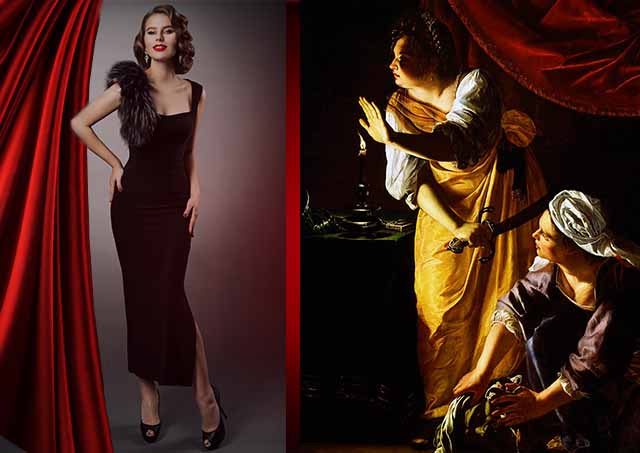
Attraverso un’altra persona di Maddie, il noto stilista di nome Maddale, la storia rianima negli anni ’30, un periodo importante nella storia di Artemisia quando i suoi dipinti sono stati riscoperti. A causa del cambiamento dei gusti nell’arte, i dipinti di Gentileschi caddero in relativa oscurità, per secoli dimenticati o attribuiti ad artisti maschi. L’opera di Artemisia è stato portato alla luce e correttamente accreditato dagli storici dell’arte durante un’ondata di riscoperta nei primi anni prima della seconda guerra mondiale.
Through another persona of Maddie, the notorious fashion designer called Maddalena, the story reanimates in the 1930s, an important period in Artemisia’s story when her paintings were rediscovered. Due to changing tastes in art, Gentileschi’s paintings fell into relative obscurity, for centuries forgotten or attributed to male artists. Artemisia’s work was brought to light and properly credited by Art Historians during a surge of rediscovery in the early years before World War II.
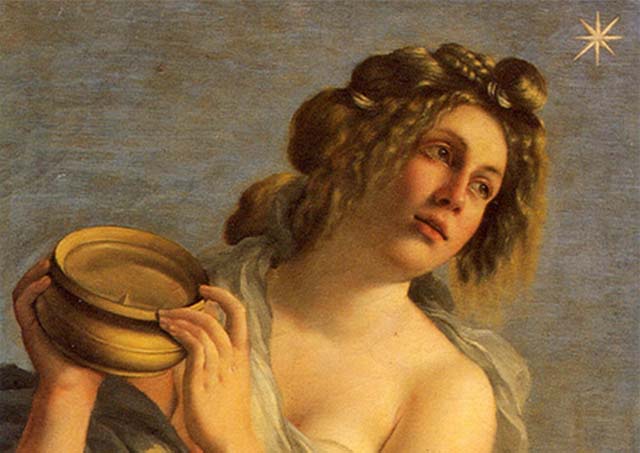
Nel romanzo “Eternally Artemisia”, mentre la relazione di Maddie con Artemisia Gentileschi si sviluppa, lei scopre uno spirito affine e mentore. In un viaggio che risale all’epoca biblica e avanza nel tempo, Maddie incontra artisti, duchi, designer, star del cinema e gli uomini più vili e ignobili. Con Artemisia mai lontana dal suo fianco, dimostra che quando osiamo prendere il controllo della nostra vita e trovare la “cosa” che più ci appassiona, siamo illimitati e possiamo camminare sulle lune galileiane.
In the novel “Eternally Artemisia,” as Maddie’s relationship with Artemisia Gentileschi develops, she discovers a kindred spirit and a mentor. On a journey that arcs back to biblical days and moves forward in time, Maddie encounters artists, dukes, designers, movie stars, and baser and ignoble men. With Artemisia never far from her side, she proves that when we dare to take control of our lives and find the “thing” we are most passionate about, we are limitless and can walk upon the Galilean moons.
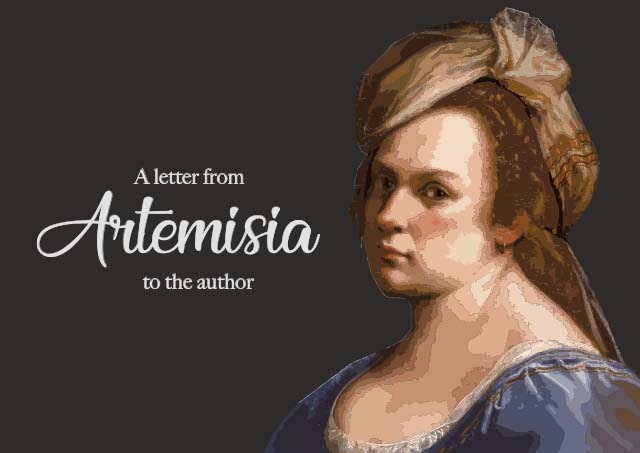
“Eternally Artemisia — Some loves, like some women, are timeless” is available on Amazon in print, Epub, and Audio.
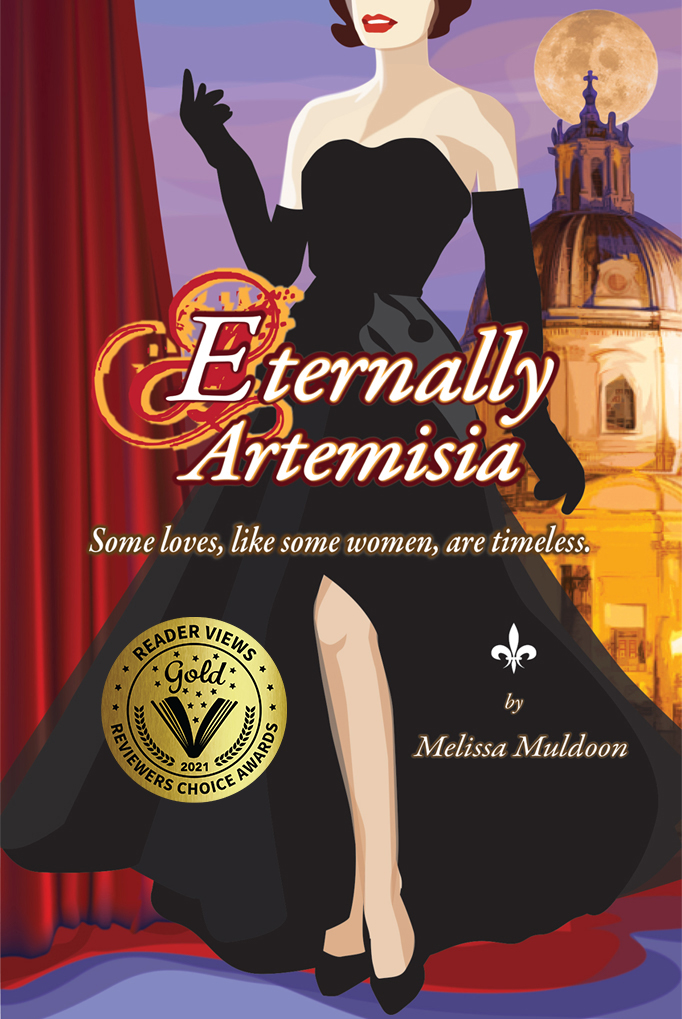
5 Stars – Literary Redhead: In ETERNALLY ARTEMESIA, we’re toured across centuries as Maddie, an art therapist, time-travels to 17th-century Italy, where she meets artist extraordinaire Artemisia Gentileschi. Author Melissa Muldoon’s narrative is breathtaking, the friendship that develops between the two women powerful, and the time travel they do together so compelling that I was unable to put aside the book ‘til the last page. Mesmerizing!
5 Stars – Emendez: Amazon Reader: Eternally Artemisia is a wonderful novel set in Italy and full of the beauty of the country, its culture, its cities, its history, its language, and, of course, its art. Through an innovative story, this book shows us the current-day and historical importance of Artemisia Gentileschi, a respected but rare female artist of the Renaissance. The author does this artfully herself by telling us stories of people deeply affected by the artwork and courageous life of Artemisia and by seamlessly taking the reader through time to show the timelessness of Artemisia’s life example and artwork. I love Italy and long to return there. Reading Eternally Artemisia is the next best thing until I can travel there!




